The Pentax K-1′s built-in Astrotracer tracks stars using GPS data to shift its sensor during longer exposures. This allows you to shoot longer exposures without star trailing while reducing noise and increasing details.
It’s quite easy to get Astrotracer up and running. But what about real world applications?
For this, I spoke with Timothy Little, a gifted photographer who makes a living specializing in night photography and light painting. He has been using the Pentax K-1’s Astrotracer feature to create vivid Milky Way photos along the East Coast. He discussed practical uses of this fascinating feature in the field.
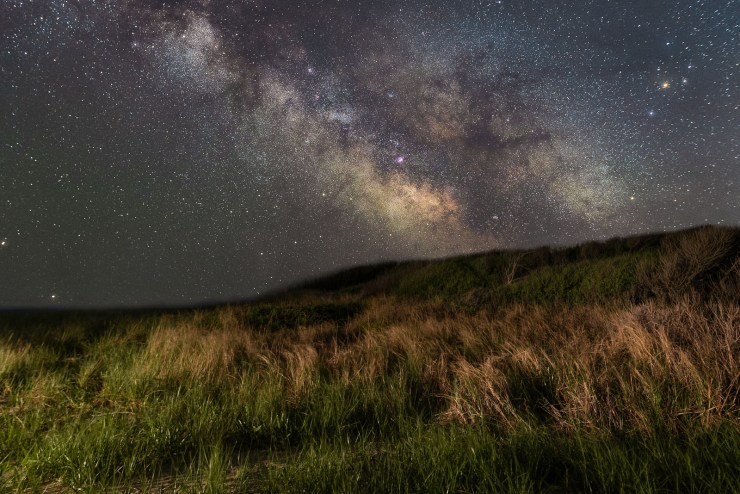
Why do you use Astrotracer?
“Primarily because it allows me to ratchet down my ISO to relatively low levels. For me this is around ISO 800, which means cleaner images, deeper colors and more time to collect the light I need without star trails.
“In 2020, I had to send my Pentax 15-30mm f/2.8 lens out for service leaving me with a Pentax 28-105mm as my primary lens. In the ‘old days,’ this might have put a serious damper on my astro-landscape shooting. However, thanks to Astrotracer, having access to a traditionally wide aperture is no longer necessary and I did quite well at f/4 as a result for the rest of the season.”

Do you find the Astrotracer easy to use?
“I do! Once you get a system in place, it’s easy to get up and running pretty quickly. The most important thing is to run a GPS and Astrotracer Precise Calibration before starting to ensure your camera knows where you are.
“I’ve saved my typical image capture settings into one of the Pentax user presets, which makes it even easier. I switch the dial to the user preset, which not only loads my ISO, aperture and time settings but also enables Astrotracer. I do my calibration, or as I think of it, my ‘spin routine,’ and I’m ready to go in about two minutes.”
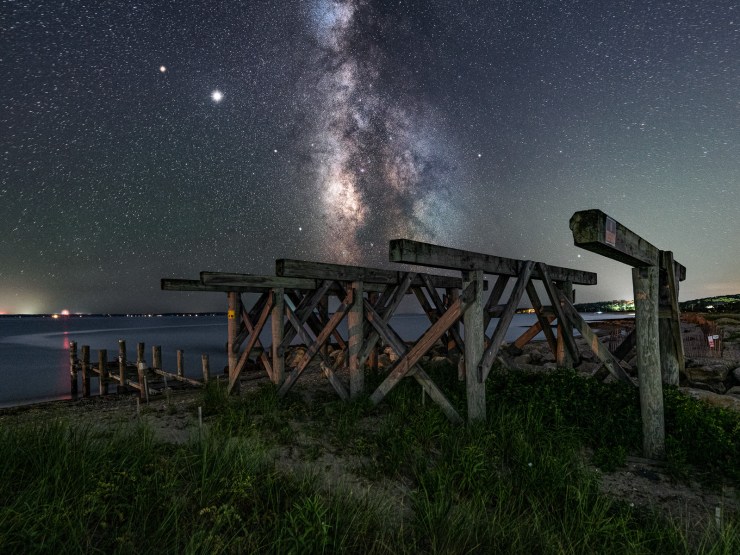
What is your preferred lens to use the Astrotracer?
“Without a doubt I use my Pentax HD Pentax-D FA 15-30mm f/2.8 the most, primarily because it covers the zoom range I prefer for my landscape work. I typically settle around 20mm which is good for many of my compositions.”
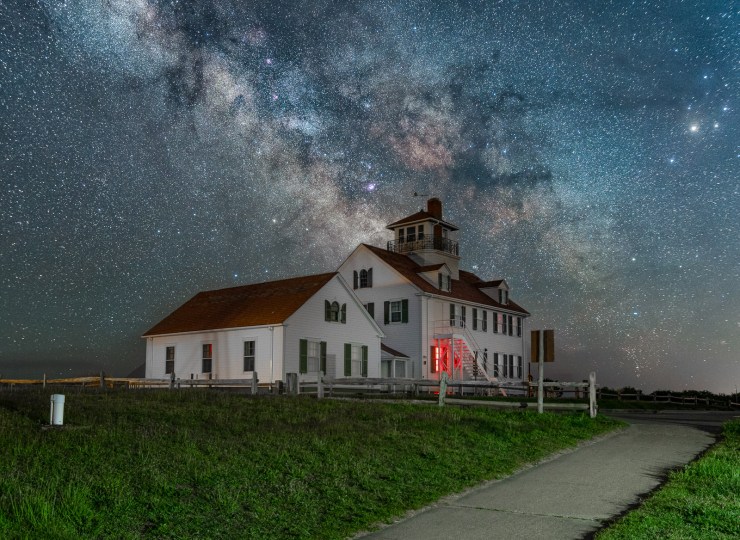
Which focal length works best?
“I’ve had generally good luck all the way up to 135mm, which is the longest focal length I have. I’ve even gone down to a 12mm Rokinon fisheye.
“The 15mm end of my 15-30mm wide-angle lens exhibits some minor trailing in the corners which doesn’t bother me and is easily cropped if necessary. I was skeptical that my fisheye would yield usable results, but surprisingly it did!”
Do you need to limit the length of time with a certain kind of lens?
“My experience is that they all start to get a bit ‘drifty’ once I go beyond the three-minute mark, so I tend to limit my time to two and a half minutes which I find is more than enough, especially considering the dynamic range of the sensor if I need to do some boosting in post.
“A good rule of thumb is to always shoot wider than you intend on using and crop later. I don’t get too hung up on some trailing in the corners since most of my work has a heavy foreground element where people tend to focus. The center of the image, which is usually where I’ve composed the Milky Way, moves the least if at all. If I see any trailing at the center, I know I’ve gone too long and will knock off thirty seconds and try again.”
How often do you need to calibrate the camera?
“Great question! Opinions may vary on this but I recalibrate at every location I shoot if it is 10 miles or more from the last location. Sometimes I will calibrate closer if I think I may have a tree line or obstacle that may limit the ‘seeing’ of the internal GPS. Sure, it may be a bit overkill but I’d rather spend an extra two minutes running the calibration than simply hope for the best and find out later it didn’t quite nail it. It’s a short amount of time that is well worth the investment for the peace of mind.”
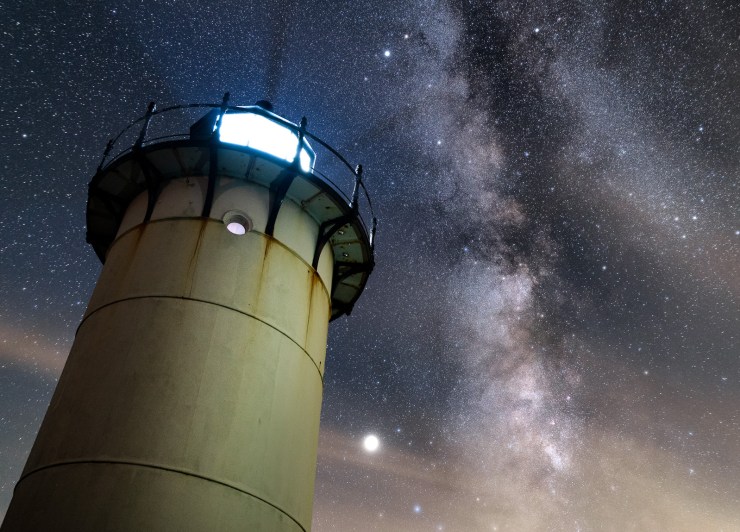
If you turn the camera off, do you need to recalibrate or do anything else?
“No, it’s not necessary even if you shut down due to a battery change or because you’re walking a little ways to get a different angle. In those situations, you don’t have to be concerned about rerunning the calibration. In fact, the GPS is pretty darn quick at snagging what it needs when switched back on.
“It does take a tad bit longer if you have moved a significant distance — let’s say you hopped a plane to another part of the country between the last time you used Astrotracer and now, but that’s to be expected. At that point, you’d want to recalibrate anyway.”
What are some tricks that you find make the Astrotracer work most effectively?
“Out of the box, Astrotracer does quite well. However, I’ve ran into a few issues that people should be aware of to make sure you don’t have any surprises.
“If using a manual lens, you must make sure the camera knows what focal length you are shooting at since it cannot read the information itself. After attaching a lens without a chip and turning the camera on, it will always ask the focal length. It uses this to properly move the sensor as needed for the tracking. If you skip this or put in the wrong focal length, the camera will produce star trails.
“That’s why it’s also important to shut the camera down if switching between two non-chipped lenses. Otherwise, it thinks the second lens is the same focal length and things will not go as you expect. This was a lesson I learned just this year.
“I recently used Astrotracer with a vintage 50mm f/1.8 and it did fantastic.”
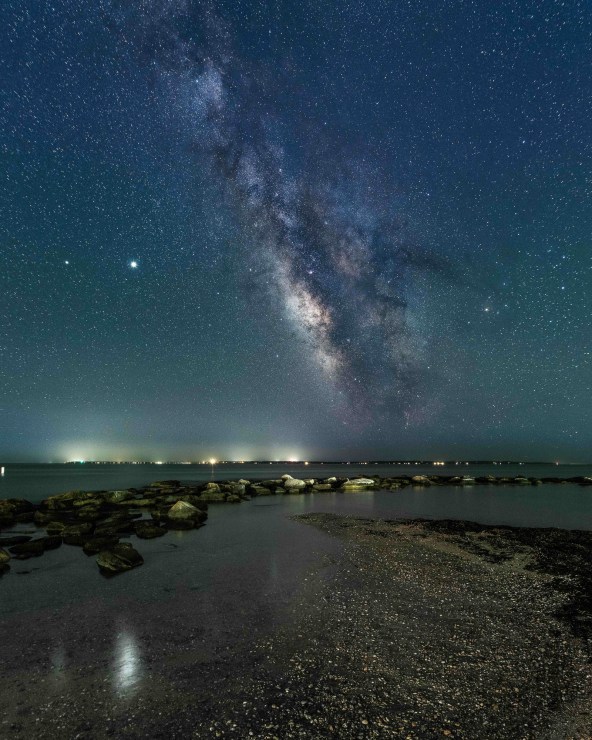
Which situations do you feel Astrotracer works best?
“Just about any starry conditions will work well. However, because of the tracking and stacking in post production, the best situations are the ones with a minimum amount of foreground objects ‘breaking the sky.’ By this I mean, stacking a tracked sky and an untracked foreground together is quite easy in post. Having to deal with nearby tall trees, radio towers, telephone poles or wires all create processing challenges if those objects are reaching well into the sky. In fact, if there is a shot I absolutely want to get but I see a lot of foreground malarkey, I may just make it easy on myself and simply go back to a short single-exposure shot at with an ISO 3200, f/2.8 setting and skip the tracking all together.
“Shooting to the north minimizes some of the trailing of the stars due to less apparent motion in that direction. East and west tends to produce the most blurring of the stars.”
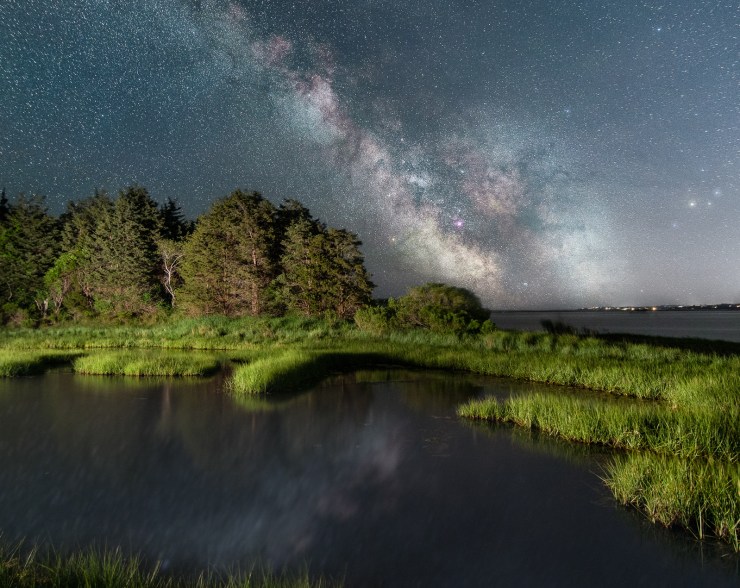
Have you had any issue using Astrotracer? How did you work around it?
“The only issues I have run into were fixed by doing a quick recalibration or making sure the camera knew exactly the focal length I was shooting. Thankfully, the Astrotracer has been reliable to the point that I don’t have any angst about using it as much as possible. The feature, in my experience, feels like it’s polished and not a gimmicky add-on designed for experimenting. If you take the time to set it up and pay attention to your surroundings, it works.
“I have not had any issues with calibration around cellphones or metal thus far. Remember that you may experience some calibration issues near large metal or even your car, tall cliffs, cellphone towers, or even standing under a canopy of trees. These are ‘GPS 101’ considerations. We’ve all dealt with when hiking or driving with GPS.”
See more of Timothy Little’s photography
Catch up with Timothy Little’s photography and workshops on his Cape Night Photography website.
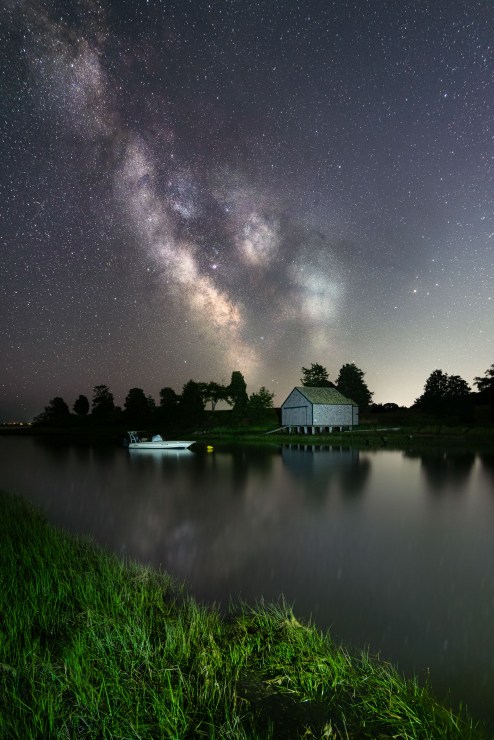
Tell your story with the second annual Visual Storytelling Conference!
Experience four days of interactive, online training sessions featuring a range of educational content with experienced photographers and content creators. This free event kicks off with a series of technical boot camps to build essential skills, followed by live, online sessions on photography, video, business and social media. Join live from March 10-13, 2022!
